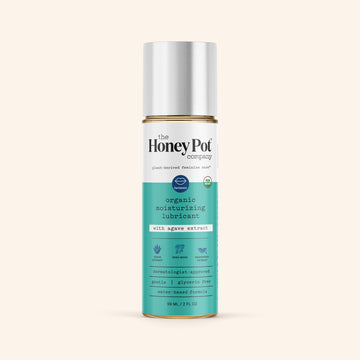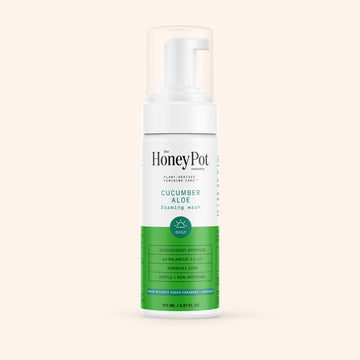As a cosmetic formulator who has worked in the industry I myself believed the idea that there were chemicals in our products and food that are intentionally harming us. Now with time, studying cosmetic chemistry and over 15 years as a cosmetic formulator, I now have a different perspective. After all, water is a pure chemical and it's in many of our favorite cosmetics.
Years ago, there was a movement to avoid products with ingredients you couldn’t pronounce, however, most botanical names are literal tongue twisters and our ability to pronounce them has little-to-nothing to do with whether or not we should use them. I have seen experts in chemistry stumble over botanical and even trade names of products. It can happen to the best of us, so imagine a consumer’s confusion.
So, you may be wondering if there should be any restrictions on ingredients and how much of a certain ingredient is safe. The answer is yes and it depends. For instance with the preservative Phenoxyethanol, is a common preservative used to prevent microbial growth. As a chemical, it is an ether alcohol that is naturally found in green tea. We can use that ingredient up to 1% in the U.S., but many products use far less than even the recommended amount.
Yes, it's true that Phenoxyethanol gets a bad rap, however, as a cosmetic formulator it's a go-to preservative due to its large range. You can hit it up to 185 degrees farenheight and have useful activity from pH 3 to pH10. This is extremely important when it comes to shipping products to warmer areas and the longer products stay on the shelf the more likely that their pH changes. So having a large range is helpful to ensure that the product is safe right up to the last pump.
After understanding the complexity of ingredients used in cosmetic formulations and being able to discern what makes a safe, good-quality product and what doesn't, it's easy to see why there is a lot of confusion surrounding this topic. It is not only important to understand the chemical properties of an ingredient but also its purpose, efficacy, and safety profile. Understanding the language barriers around ingredients can be overwhelming at first, however everyone should educate themselves on these topics before making uninformed decisions that could potentially result in damage to one's health and wellbeing. Ultimately, the best way we can make smart choices when it comes to our products is by being aware of the science behind them and spending time researching any new products. Relying on reputable sources for more information will help guide us safely through our cosmetic journey!






